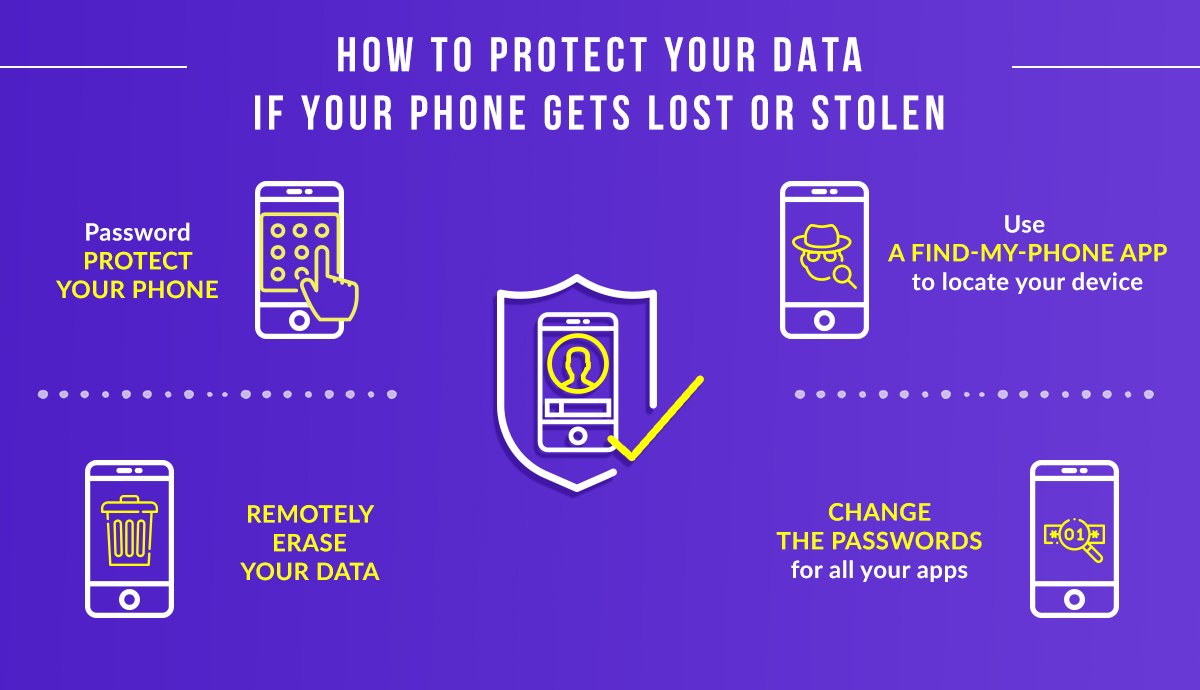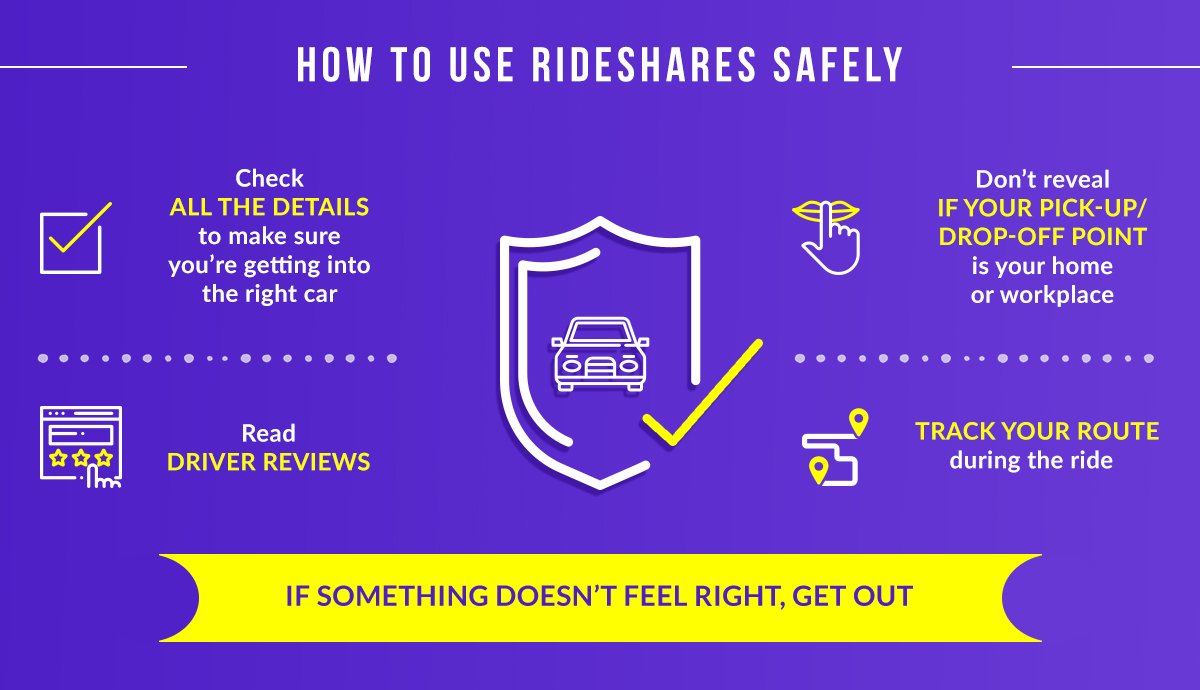The line between online and offline ways of engagement have been seen as almost non-existent for years. This also means that the frameworks and social codes that govern behaviour, prejudice, discrimination and victimization unfortunately also bleed from the physical into the digital, and vice versa. This has led to highlighting the importance of creating safe spaces for expression and engagement online. Having recently read ‘The Empowering Safety Guide For Women‘, I felt it was also necessary to share the tips and resources mentioned in the text that can be used as supportive, enabling tools when tackling online harassment, from name calling to revenge porn to receiving threats.
The guide assists in understanding how to block and report users on all social media platforms, hacks to deleting one’s location history, as well as steps and templates for how to document real life and online encounters. These are just a few of the points offered as forms of assistance.
Weighing in on the issue from a different perspective, while the tips in the guide are helpful, it is frustrating that many of them require effort on the womxn’s part. This effort or work required to enable safe navigation on various internet platforms, also requires a form of censorship or avoiding the enjoyment of taking part in certain features that platforms and devices offer. Unfortunately, the realities of existing as a womxn in today’s world both on- and offline means that we need to take certain precautions for our own safety regardless of whether it is fair. Giving this some thought I have looked into other avenues as well.
Below are some additional resources that can be used to assist with reporting on and dealing with harassment, cybercrimes and general safety in South Africa.
– Internet Service Provider’s Association on Online Harassment























































